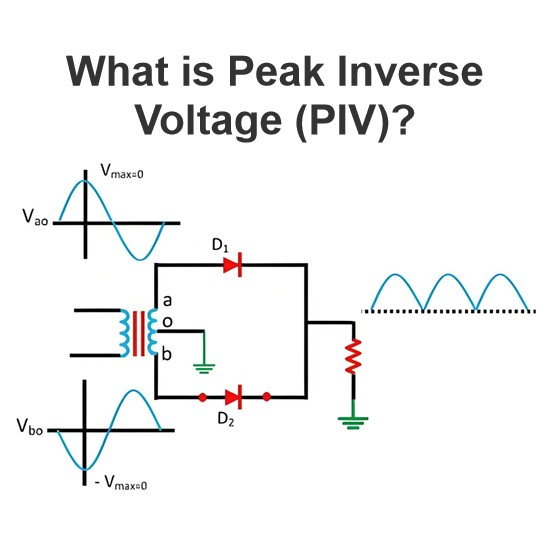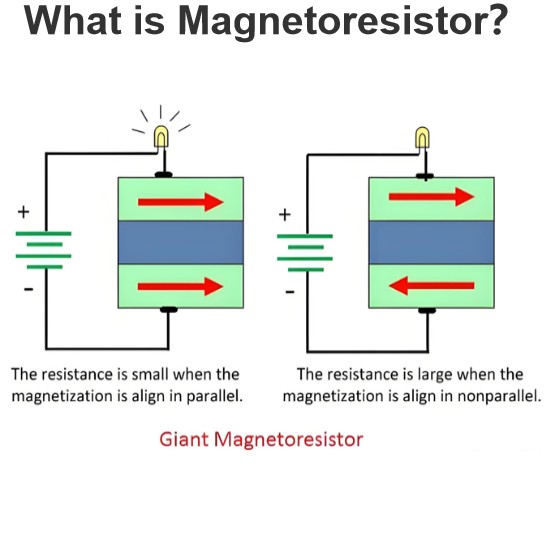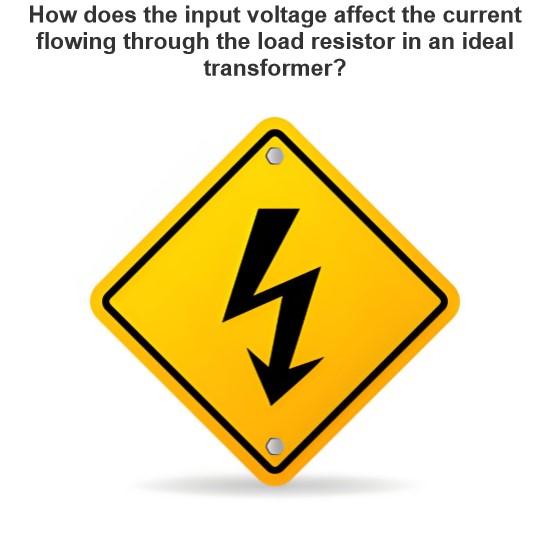What is Capacitive Load?
What are Capacitive Loads?
Capacitive loads definite
Capacitive loads are a special type of load in a circuit, used for absorbing and storing electrical energy. Compared with resistive loads, when receiving current, it will cause the voltage to lag and has a greater response to frequency. Capacitive loads have important applications in electronic circuits, power supply systems, as well as in the fields of energy transfer and storage.
The following will introduce the definition of capacitive loads and the differences from resistive loads.
A capacitive load refers to the situation where a capacitor is used as a load element in a circuit. A capacitor is an electronic component formed by an insulating medium separating two conductors and has the ability to store and release electric charges.
When a capacitive load is connected to a power source, it will absorb current and store electrical energy in an electric field. When the power source is disconnected or when it is necessary to release electrical energy, the capacitive load will release the stored charges.
The response of a capacitive load to an alternating - current (AC) signal is closely related to the frequency. In low - frequency situations, a capacitive load can be regarded as an open circuit and hardly conducts current.
As the frequency increases, the capacitive load begins to conduct current and shows an obvious current response in high - frequency situations. Therefore, capacitive loads have unique characteristics and influences in circuit design and analysis.
Differences between Capacitive Loads and Resistive Loads
Capacitive loads and resistive loads are two different types of loads. Their properties and functions in a circuit are different. The following will introduce the main differences between capacitive loads and resistive loads.
Response Characteristics
Capacitive loads have a greater response to frequency, known as capacitive reaction. In low - frequency situations, capacitive loads hardly conduct current and are equivalent to an open circuit. As the frequency increases, the capacitive load begins to conduct current and will show an obvious current response in high - frequency situations.
However, resistive loads have no significant influence on frequency. Regardless of the frequency, the current of a resistive load is basically proportional to the voltage.
Phase Difference
When an AC signal passes through a capacitive load, there is a phase difference between the current and the voltage. Due to the characteristics of the capacitor, the current lags behind the voltage, that is, the current has a certain delay relative to the voltage. However, in a resistive load, the current and the voltage are in phase and there is no phase difference.
Energy Storage
Capacitive loads are able to store electrical energy because capacitors can store energy by absorbing charges and release it when needed. However, resistive loads cannot store electrical energy; they can only convert the received electrical energy into other forms of energy for consumption.
Power Factor
The power factor of a capacitive load is usually less than 1 because the capacitive load causes the current to lag behind the voltage, resulting in a decrease in the power factor. However, the power factor of a resistive load is usually equal to 1 because the current and the voltage are in phase and no power loss will be generated.
In summary, capacitive loads and resistive loads have obvious differences in response characteristics, phase difference, energy storage, and power factor. Capacitive loads have a greater response to frequency, causing the current to lag behind the voltage, and are able to store and release electrical energy.
However, resistive loads have no significant influence on frequency, the current and the voltage are in phase, and they are unable to store electrical energy.In circuit design and analysis, it is crucial to understand the differences between capacitive loads and resistive loads.
First, for AC power supply systems, it is necessary to consider the phase difference and power factor problems that capacitive loads may cause. Second, in electronic circuits, especially in high - frequency environments, the influence and characteristics of capacitive loads need to be fully considered.
For the fields of energy transfer and storage, understanding the characteristics of capacitive loads can help in selecting appropriate capacitors and optimizing the efficiency of energy transfer and storage.
In conclusion, capacitive loads and resistive loads are two different types of loads, and their behaviors and characteristics in a circuit are different. Capacitive loads have characteristics such as frequency response, phase difference, energy storage, and power factor, while resistive loads have a stable current - voltage relationship.
A deep understanding of the differences between capacitive loads and resistive loads helps to better apply them and improve the performance and efficiency of circuits and systems.
The Electricity Encyclopedia is dedicated to accelerating the dissemination and application of electricity knowledge and adding impetus to the development and innovation of the electricity industry.













